Steps to Effective Corporate Video Production
Creating memorable event videos involves much more than simply pointing a camera and pressing record. It requires careful planning, understanding the audience, and setting clear objectives. Our goal is to capture the essence of the event and create a video that resonates with the viewers.
Pre-production planning and scripting are crucial steps that determine the video's success. By organising our ideas and planning the shots we need, we can ensure that our video will tell a compelling story. This preparation allows us to handle unexpected situations more effectively during the event.
Filming involves using the best practices and techniques to capture high-quality footage. Paying attention to lighting, sound, and camera angles helps produce a professional-looking video. After filming, the post-production process brings everything together. Editing enhances the video by adding transitions, effects, and music. This final step is important for making the video engaging and enjoyable to watch.
Understanding Your Audience and Objectives
Knowing our audience is crucial for creating engaging video content. We start by identifying who our viewers are and what they like. This helps us create videos that capture their interest and keep them watching. We look at factors such as age, location, and interests to understand our audience better. By doing this, we can tailor our content to meet their preferences.
Setting clear objectives is also important. We need to know what we want to achieve with each video. Whether it's promoting a product, sharing company news, or capturing an event, having clear goals guides us in creating focused and impactful videos. Objectives help us measure success and refine our strategies for future videos.
Pre-Production Planning and Scripting
Planning and scripting our video are key steps in the pre-production phase. We begin by deciding the video's message and how to present it. A well-thought-out script ensures our video is clear and engaging. It also helps us stay on track during filming, saving time and avoiding unnecessary retakes.
Creating a storyboard is another helpful tool. A storyboard outlines the video’s scenes and sequences, giving us a visual guide to follow. It shows how the video will flow from start to finish. This helps us plan camera angles, lighting, and other details to ensure a smooth production process.
In pre-production planning, we also consider the logistics. This includes choosing the location, coordinating with any participants, and gathering all necessary equipment. Scheduling and preparation are crucial to avoiding unexpected issues during filming. By planning everything in advance, we ensure the production day goes smoothly and efficiently.
Filming: Best Practices and Techniques
When filming, it's important to follow best practices to ensure our video looks professional. Setting up in a well-lit area helps achieve clear and vibrant footage. Natural light can work well, but in many cases, using additional lighting equipment is necessary. Softboxes and LED lights are great tools to enhance the scene without causing harsh shadows.
Using a stable camera setup makes a big difference. Tripods help keep the camera steady, preventing shaky footage. If we need to move the camera, using a stabiliser can ensure smooth motion. It's also essential to check the audio quality. External microphones capture clearer sound than built-in camera mics. Doing a quick sound check before filming helps avoid any issues with unwanted noise or poor audio quality.
In addition, it's helpful to plan for multiple angles. Shooting the same scene from different perspectives adds variety to the footage. Wide shots show the entire scene, while close-ups focus on details and expressions. This technique makes the final video more engaging and dynamic.
Post-Production: Editing and Enhancing Your Video
After filming, post-production is where we can fine-tune our video. Editing involves selecting the best clips and arranging them in a logical order. Cutting out any unnecessary parts keeps the video concise and ensures the main message is clear. Adding transitions between scenes makes the video flow smoothly from one part to the next.
Enhancing the video with graphics and text overlays can highlight important points. For instance, adding titles or bullet points can make our message easier to follow. Subtitles help make our content accessible to everyone, including those watching without sound. It's also a good idea to include a call to action at the end of the video, encouraging viewers to engage further with our brand.
Adjusting the colour and sound can polish the video. Colour correction ensures that all clips look consistent and professional. Audio editing involves balancing the levels and removing any background noise. Background music can add emotion and energy to the video, but it should not overpower the main audio content.
Conclusion
Creating a successful video involves several crucial steps, from understanding our audience to post-production enhancements. Each stage plays a vital role in ensuring the final product is engaging and effective. Whether we're producing brand videos, company profiles, testimonials, or event highlights, paying attention to detail at every step can make a big difference.
Video content has the power to convey our message in a way that resonates deeply with viewers. It helps build connections and makes our brand memorable. By following best practices for filming and editing, we can produce high-quality videos that stand out on social media and other platforms.
Ready to elevate your video content? Let BFF Visuals help you create impactful videos that captivate your audience. Visit our portfolio and learn more about our Amsterdam video production services today.
